- TOP
- Procedures for the Daishiko Ceremony with Postscript Dated the Sixteenth Day of the Twelfth Month of
Overview
Procedures for the Daishiko Ceremony with Postscript Dated the Sixteenth Day of the Twelfth Month of
- Museum No.
- BK997
Showing 1-6 of 5
| Title | Procedures for the Daishiko Ceremony with Postscript Dated the Sixteenth Day of the Twelfth Month of |
|---|---|
| Designation | |
| Artist | |
| Category | Calligraphy(B), Japanese Calligraphy |
| Country | Japan |
| Period | Kamakura |
| Century | 14th |
| Year | 1314 |
| Quantity | |
| Materials | |
| Dimensions | |
| Inscription by | |
| Signature/Seals Etc | |
| Donor |
This object may be one within a set or the title of a set. To see all objects in the set, perform a Category Search by the Museum Number below, entering numerals only before the hyphen.

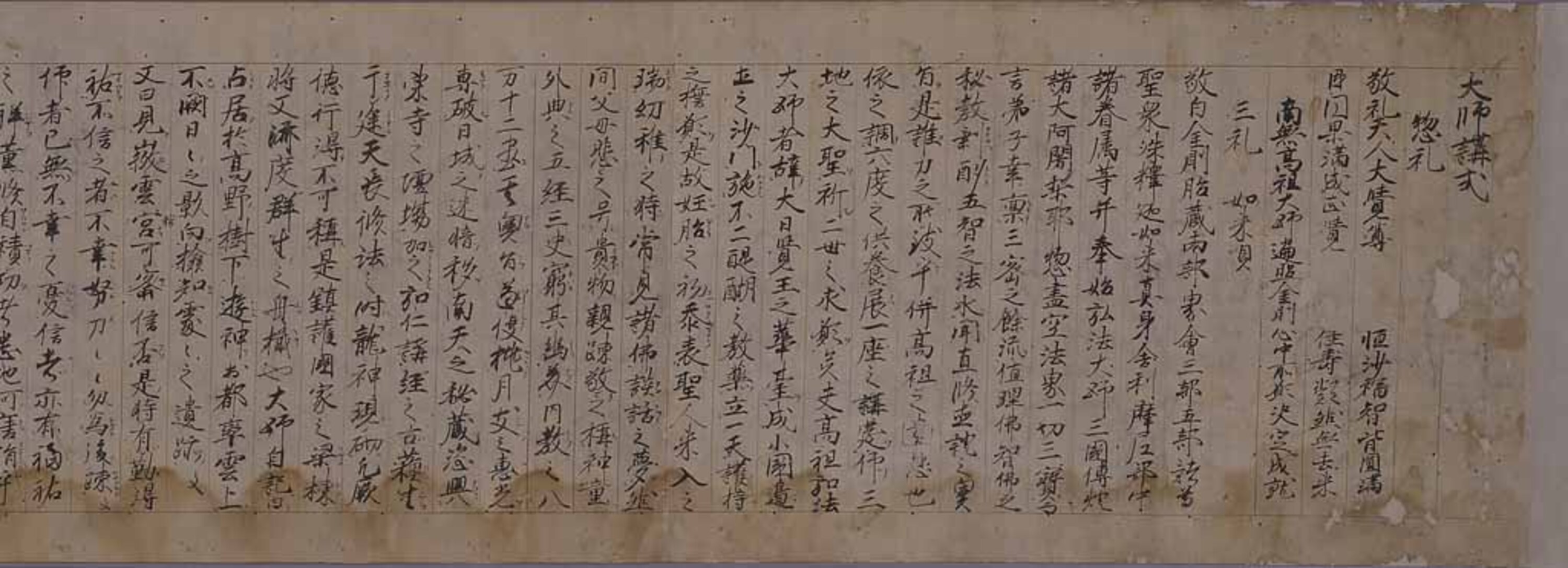






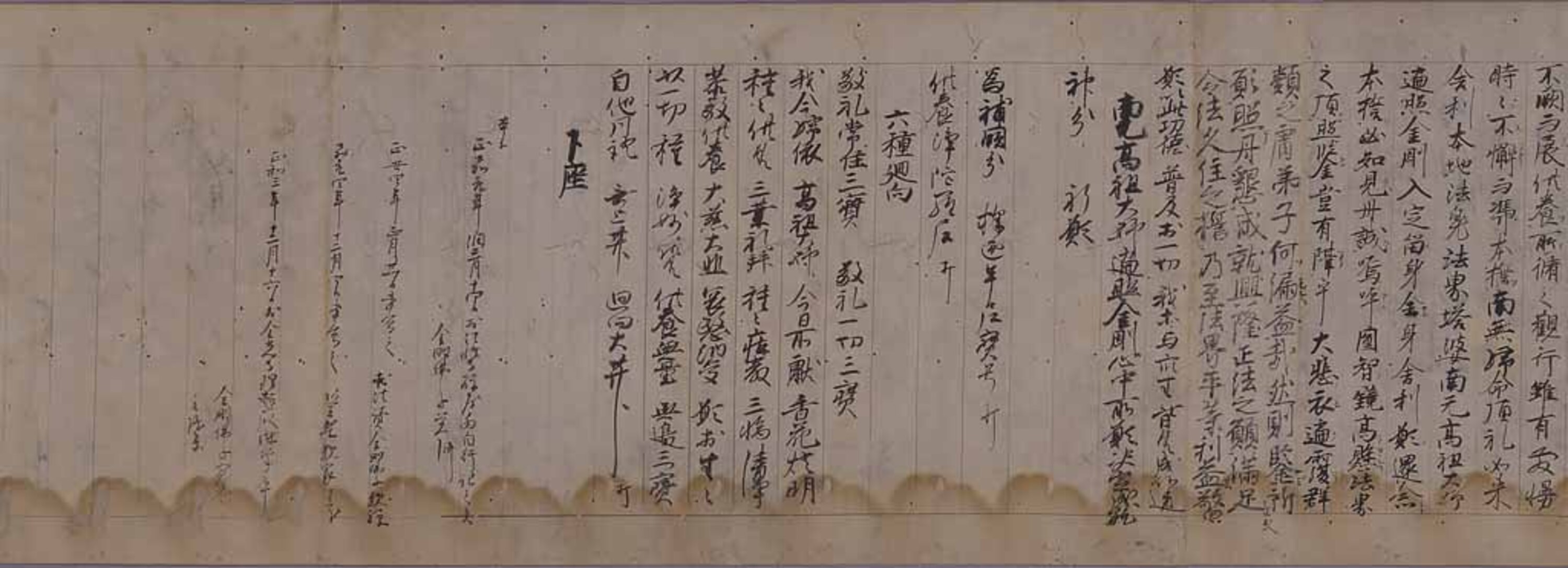
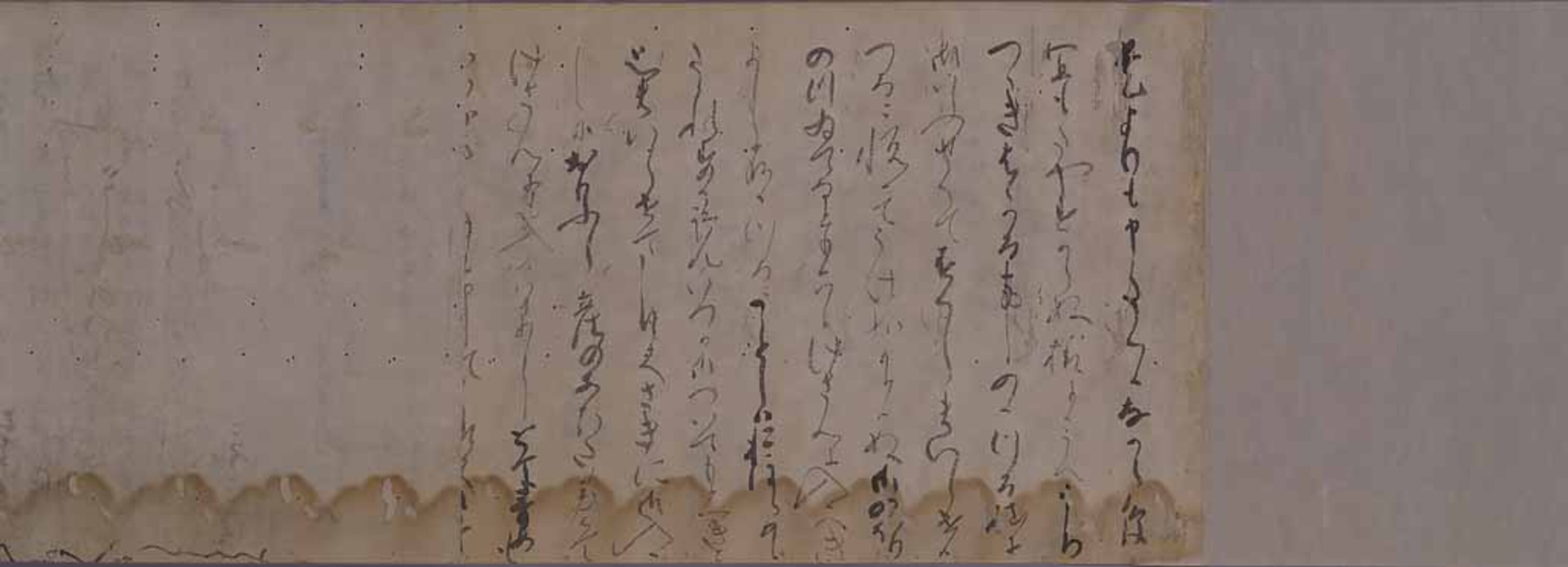
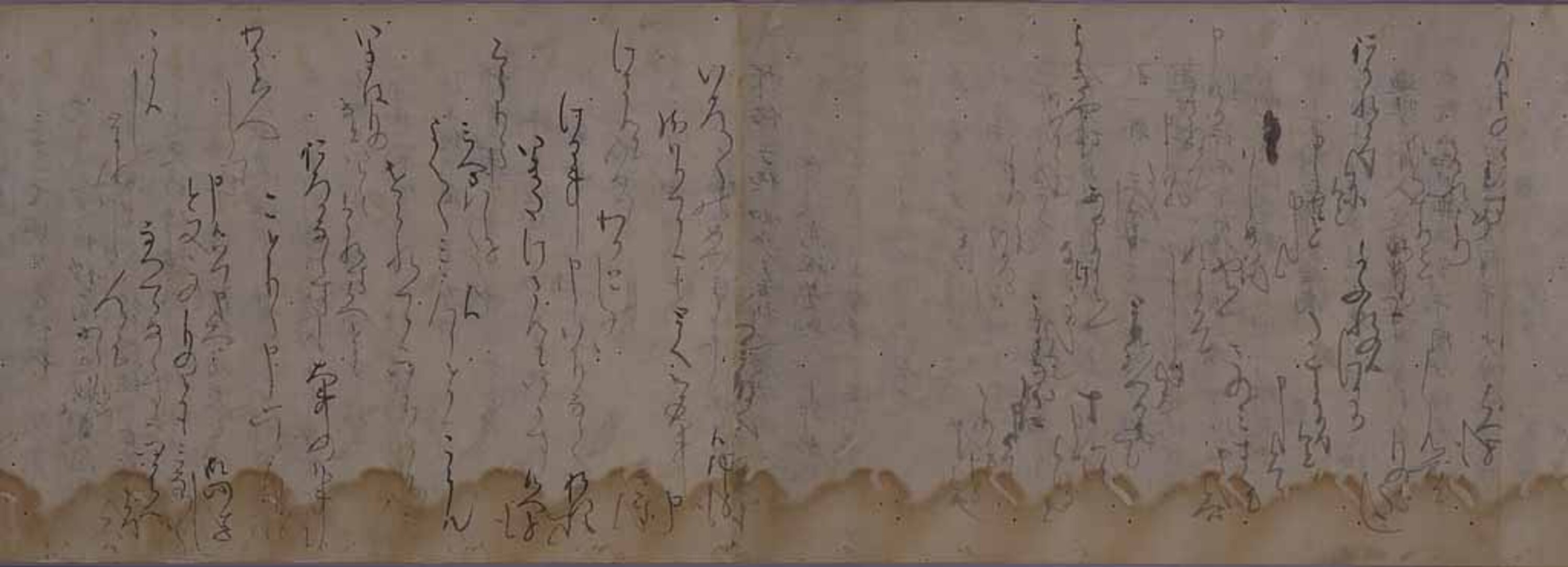
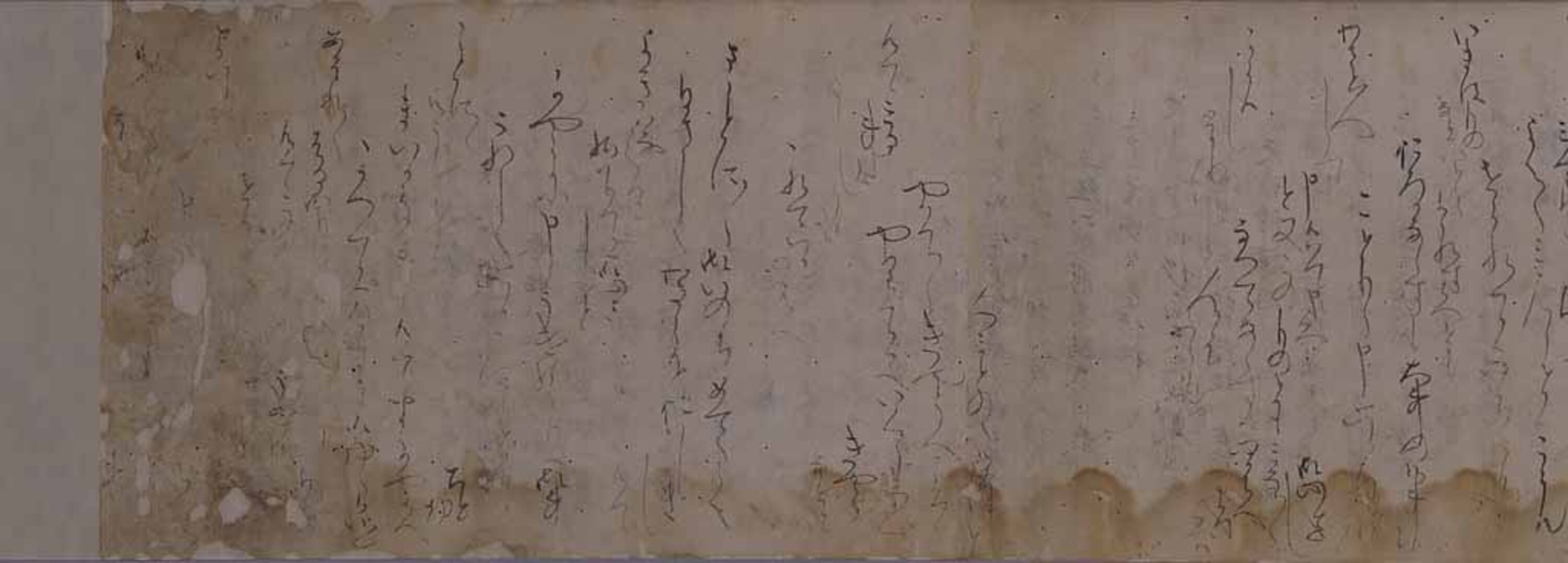



Procedures for the Daishikô Ceremony (J., Daishikôshiki) provides specific instructions on the Daishikô Ceremony, honoring the Esoteric Buddhist master Kôbô Daishi (also known as Kûkai, 774-835). The details of each procedure are listed in order, including the rituals of "General Adorations," "Three Adorations," "Verses Praising the Buddha," "Divine Vows," and "Six Classifications of Merit-Tranferences."
The original text was produced in the third intercalary month of 1257 (Shôka 1), by a monk named Kakuzei, who had composed it for solitary practice at Hosshô-ji Temple in Kyoto. According to the postscript, this manuscript was copied in the twelfth month of 1314 (Shôwa 3), in the Rishu Hall at Konkô-ji Temple in Kyoto, by a certain monk, whose signature is no longer legible. This volume, the oldest extant copy of the Procedures for the Daishikô Ceremony, is invaluable in understanding how this ceremony was actually practiced in the Kamakura period (1185-1333).
Japan-Kamakura